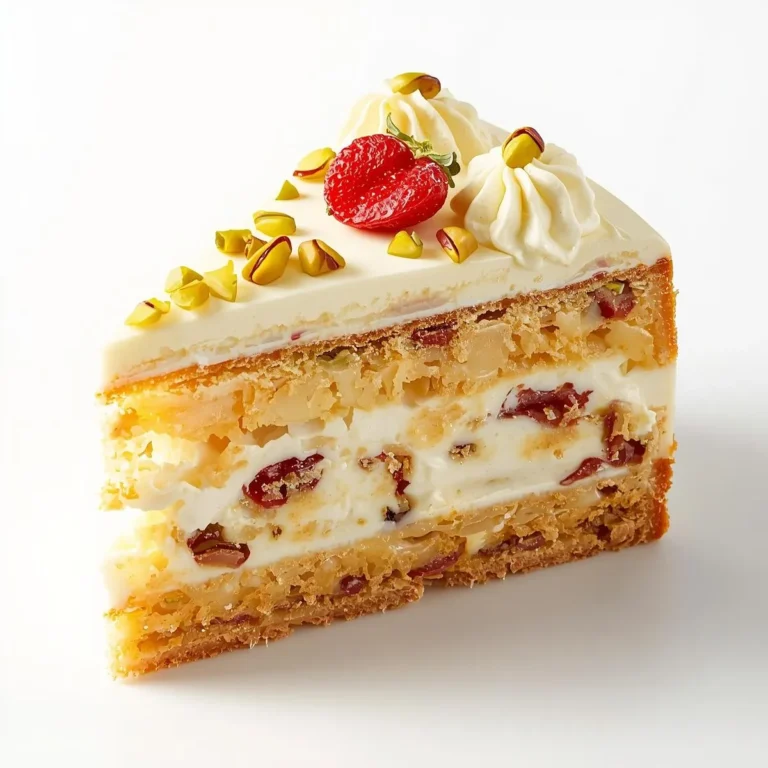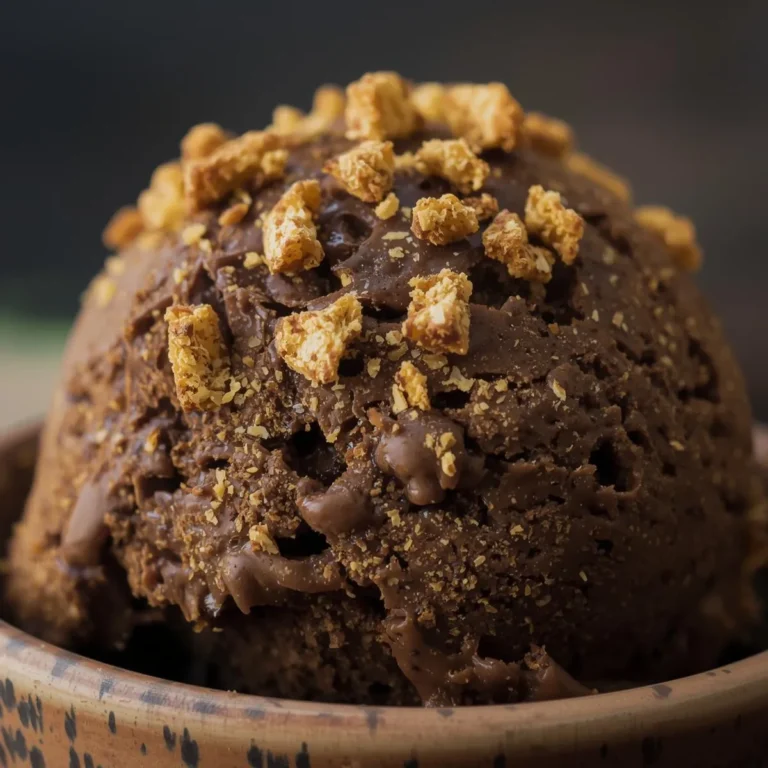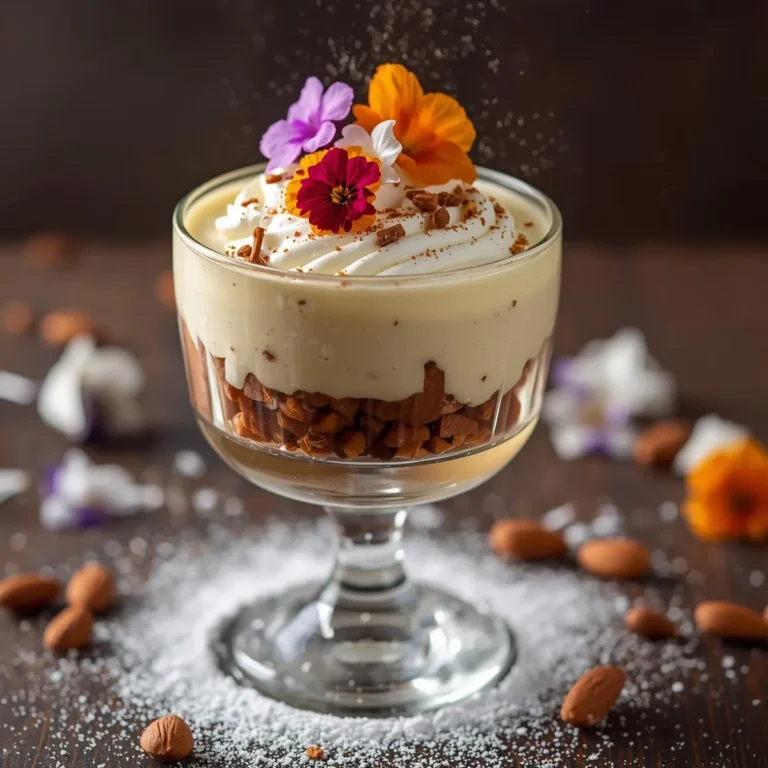Cornbread dressing is a beloved staple of Southern holiday tables, a dish that evokes memories of family gatherings, festive feasts, and the comforting flavors of home. Unlike bread stuffing, which is often associated with the North, cornbread dressing is deeply rooted in Southern culinary tradition, where cornbread is a daily staple and the foundation of countless recipes. This dish combines crumbled cornbread with aromatic vegetables, savory herbs, rich broth, and sometimes eggs or meat, resulting in a moist, flavorful casserole that is both hearty and satisfying. Whether served alongside roast turkey at Thanksgiving, as part of a Christmas spread, or as a comforting side for Sunday dinner, cornbread dressing is a dish that brings people together and celebrates the best of Southern hospitality. This comprehensive guide explores the history of cornbread dressing, essential ingredients, step-by-step instructions, expert tips, creative variations, serving suggestions, presentation ideas, nutritional insights, and answers to common questions. By the end, you’ll have all the knowledge and inspiration needed to master this classic side and make it your own.
The History and Tradition of Cornbread Dressing
Cornbread dressing has its roots in the American South, where corn was a staple crop and cornbread a daily bread. Early settlers adapted Native American cornbread recipes, and over generations, cornbread became the foundation for many Southern dishes. Dressing, as opposed to stuffing, is typically baked in a casserole dish rather than inside the bird, a distinction that is especially strong in the South. The addition of vegetables, herbs, and sometimes meats like sausage or chicken reflects the resourcefulness and creativity of Southern cooks, who made the most of what was available. Cornbread dressing became a holiday tradition, especially at Thanksgiving and Christmas, and every family has its own cherished recipe, often passed down through generations.
Why Cornbread Dressing?
Cornbread dressing is more than just a side dish; it’s a celebration of flavor, texture, and tradition. The combination of crumbly, slightly sweet cornbread, sautéed onions and celery, fresh herbs, and savory broth creates a dish that is both comforting and complex. It’s versatile, easy to prepare in advance, and can be customized to suit any taste or dietary need. Whether you prefer your dressing moist and custardy or crisp and golden on top, this dish is sure to please a crowd and evoke fond memories of holidays past.
The Science of Great Cornbread Dressing
The key to perfect cornbread dressing lies in balancing moisture, texture, and flavor. The cornbread acts as a sponge, absorbing the savory broth and aromatics while retaining enough structure to avoid becoming mushy. Sautéed onions and celery provide sweetness and crunch, while fresh herbs add depth and complexity. Eggs are often used to bind the mixture, creating a cohesive, sliceable dressing. Baking the dressing uncovered yields a crisp, golden top, while covering it results in a softer, more pudding-like texture. The choice of cornbread, broth, and seasonings allows for endless variation and personalization.
Selecting the Best Ingredients
- Cornbread: Use homemade, day-old cornbread for the best texture and flavor. Avoid sweet, cake-like cornbread; traditional Southern cornbread is savory and crumbly. For convenience, store-bought cornbread or a mix can be used, but homemade is preferred.
- Bread: Many recipes add a portion of white or wheat bread for extra body and moisture. This is optional but can help balance the texture.
- Vegetables: Classic dressing relies on onion and celery, finely diced and sautéed until tender. Carrots, bell peppers, or leeks can be added for variation.
- Herbs: Fresh sage, thyme, and parsley are traditional. Rosemary, marjoram, or poultry seasoning can add unique notes.
- Broth: Use homemade or high-quality store-bought chicken, turkey, or vegetable broth. Low-sodium varieties allow for better control of seasoning.
- Butter: Adds richness and helps sauté the vegetables. Olive oil can be used for a lighter version.
- Eggs: Optional, but help bind the dressing and create a custardy texture.
- Seasonings: Salt, black pepper, and sometimes a pinch of cayenne or poultry seasoning.
Step-by-Step Recipe: Classic Cornbread Dressing
Ingredients
- 1 pan (about 8 cups) day-old cornbread, crumbled
- 4 cups cubed day-old white or wheat bread (optional)
- 1 cup (2 sticks) unsalted butter
- 2 cups diced yellow onion (about 2 medium)
- 1 1/2 cups diced celery (about 3-4 stalks)
- 2-3 cloves garlic, minced (optional)
- 1/4 cup chopped fresh parsley
- 2 tablespoons chopped fresh sage (or 2 teaspoons dried)
- 1 tablespoon chopped fresh thyme (or 1 teaspoon dried)
- 1 tablespoon chopped fresh rosemary (or 1 teaspoon dried)
- 1 teaspoon salt (plus more to taste)
- 1/2 teaspoon freshly ground black pepper
- 1/4 teaspoon cayenne pepper (optional)
- 3 to 4 cups low-sodium chicken or vegetable broth, plus more as needed
- 2 large eggs (optional, for binding)
- Butter for greasing the baking dish
Instructions
- Prepare the Cornbread and Bread: Crumble the cornbread into a large mixing bowl. Add the cubed bread if using. Let sit out overnight or toast in a 300°F (150°C) oven for 20-30 minutes until dry and lightly golden. Let cool.
- Sauté the Vegetables: In a large skillet or Dutch oven, melt the butter over medium heat. Add the onion and celery (and garlic, if using) and cook, stirring occasionally, until soft and translucent, about 10 minutes. Do not brown.
- Add the Herbs: Stir in the parsley, sage, thyme, rosemary, salt, pepper, and cayenne. Cook for 1-2 minutes until fragrant. Remove from heat.
- Combine Cornbread, Bread, and Vegetables: Add the sautéed vegetables and herbs to the cornbread mixture. Toss gently to combine.
- Add Broth and Eggs: In a separate bowl, whisk together the broth and eggs (if using). Pour over the cornbread mixture, tossing gently until evenly moistened. The mixture should be moist but not soggy; add more broth as needed.
- Transfer to Baking Dish: Butter a 9×13-inch (or similar) baking dish. Spoon the dressing mixture into the dish, spreading evenly. Dot the top with a few small pieces of butter for extra richness.
- Bake: Cover with foil and bake at 350°F (175°C) for 30 minutes. Remove the foil and bake for an additional 20-30 minutes, until the top is golden and crisp and the dressing is heated through.
- Rest and Serve: Let the dressing rest for 10 minutes before serving. Garnish with extra herbs if desired.
Variations and Creative Adaptations
Sausage Cornbread Dressing
Brown 1 pound of bulk breakfast sausage or country sausage and add to the cornbread mixture for a heartier, savory dressing.
Oyster Cornbread Dressing
Fold in 1 pint of shucked oysters and their liquor for a coastal Southern twist.
Chicken or Turkey Cornbread Dressing
Add 2 cups of cooked, shredded chicken or turkey for a more substantial main-dish dressing.
Vegetarian Cornbread Dressing
Use vegetable broth and olive oil or vegan butter. Add sautéed mushrooms or roasted vegetables for extra flavor.
Spicy Cornbread Dressing
Add a diced jalapeño, poblano, or a pinch of cayenne for heat.
Cornbread Dressing with Apples and Pecans
Fold in 1 diced apple and 1/2 cup toasted pecans for a sweet, nutty variation.
Gluten-Free Cornbread Dressing
Use gluten-free cornbread and bread, and ensure all other ingredients are gluten-free.
Cornbread Dressing Muffins
Spoon the mixture into muffin tins for individual servings with extra crispy edges.
Tips for the Perfect Cornbread Dressing
- Use day-old or toasted cornbread for the best texture; fresh cornbread can become mushy.
- Taste and adjust seasoning before baking, as cornbread and broth salt levels vary.
- For a moister dressing, add more broth; for a drier, crisper dressing, use less.
- If baking inside a turkey, ensure the dressing reaches 165°F (74°C) for food safety.
- Let the dressing rest before serving to allow flavors to meld and the texture to set.
- For extra flavor, use homemade broth and fresh herbs whenever possible.
Serving Suggestions
Cornbread dressing is the perfect companion to roast turkey, chicken, duck, or pork. It also pairs beautifully with vegetarian mains like stuffed squash or mushroom roasts. Serve it alongside mashed potatoes, gravy, cranberry sauce, and roasted vegetables for a complete holiday spread. For a buffet or potluck, bake the dressing in individual ramekins for easy serving.
Presentation Ideas
Serve dressing in a beautiful ceramic or cast-iron baking dish for a rustic look. Garnish with fresh herb sprigs or a sprinkle of chopped parsley. For a festive touch, top with a few toasted pecans or dried cranberries. For individual servings, use muffin tins or mini cocottes.
The Science Behind Cornbread Dressing
Dressing is a study in texture and flavor absorption. The cornbread’s porous structure soaks up broth and aromatics, while the eggs (if used) create a custard-like binding. The Maillard reaction during baking produces the golden, crisp top. The balance of moisture and air exposure determines whether the dressing is soft and pudding-like or crisp and toasty.
Cornbread Dressing Around the South
While cornbread dressing is most closely associated with the American South, similar dishes exist throughout the country. In Texas, jalapeños and sausage are common additions. In Louisiana, oysters or crawfish may be included. Each region and family adapts the basic concept to local ingredients and tastes, making cornbread dressing a dish as diverse as the South itself.
Health Considerations
Cornbread dressing is a comfort food, best enjoyed in moderation. For a lighter version, use whole grain or gluten-free cornbread, reduce the butter, and add extra vegetables. For those with dietary restrictions, gluten-free and vegetarian adaptations are easy to make. Dressing is a good source of fiber and can be enriched with nuts, seeds, or legumes for added nutrition.
Frequently Asked Questions
Can I make cornbread dressing ahead of time?
Yes, assemble the dressing up to a day in advance, cover, and refrigerate. Bake just before serving, adding a splash of broth if needed.
Can I freeze cornbread dressing?
Yes, baked dressing freezes well. Cool completely, wrap tightly, and freeze for up to 2 months. Thaw overnight in the fridge and reheat in the oven.
Should I bake dressing inside the turkey or separately?
For food safety and best texture, it’s recommended to bake dressing in a separate dish. If stuffing the bird, ensure it reaches 165°F (74°C).
How do I keep dressing moist?
Use enough broth to moisten the cornbread, cover while baking, and add extra broth if reheating.
Can I add other meats or vegetables?
Yes, sausage, chicken, mushrooms, bell peppers, or even dried fruit and nuts are delicious additions.
Hosting with Cornbread Dressing
Dressing is a crowd-pleaser and can be doubled or tripled for large gatherings. Prepare in advance and bake just before serving for stress-free entertaining. Offer a variety of dressings—classic, sausage, vegetarian—to suit all guests.
Creative Twists
- Add roasted garlic or caramelized onions for depth.
- Mix in roasted butternut squash or sweet potatoes for color and sweetness.
- Top with crispy fried shallots or leeks for crunch.
- Swirl in a little pesto or sun-dried tomato paste for Mediterranean flair.
- Use blue cornmeal for a colorful Southwestern variation.
Cornbread Dressing Recipe (Summary)
Ingredients:
1 pan cornbread, 4 cups bread (optional), 1 cup butter, 2 cups onion, 1.5 cups celery, 2-3 garlic cloves, 1/4 cup parsley, 2 tbsp sage, 1 tbsp thyme, 1 tbsp rosemary, 1 tsp salt, 1/2 tsp pepper, 1/4 tsp cayenne, 3-4 cups broth, 2 eggs (optional).
Instructions:
Crumble and toast cornbread and bread. Sauté onion, celery, garlic in butter. Add herbs, salt, pepper, cayenne. Combine with cornbread. Add broth and eggs. Mix, transfer to dish, bake covered 30 min at 350°F, uncover and bake 20-30 min more.
Final Thoughts
Cornbread dressing is a timeless dish that brings warmth, flavor, and tradition to any table. With its simple ingredients and endless adaptability, it’s a recipe that invites creativity and personal touches. Whether you stick to the classic or explore new variations, dressing is sure to become a cherished part of your holiday celebrations. Experiment with different cornbreads, herbs, and add-ins to make it your own. With the tips, recipe, and ideas shared in this post, creating the perfect Cornbread Dressing is within reach for cooks of all skill levels. Celebrate the season and the joy of gathering with this beloved Southern side dish.
Additional Tips for Success
- Always taste and adjust seasoning before baking.
- For a crispier top, broil for the last few minutes.
- Let the dressing rest before serving for best texture.
- Store leftovers in an airtight container and reheat gently.
Nutritional Information (Approximate per serving)
- Calories: 220-320
- Protein: 5-8g
- Fat: 12-20g
- Carbohydrates: 22-32g
- Fiber: 2-4g
- Sodium: 400-600mg
Conclusion
Cornbread dressing is a versatile, crowd-pleasing side that brings together the best of Southern tradition and flavor in a moist, aromatic, and satisfying format. With its simple preparation, stunning presentation, and endless possibilities for customization, it’s a must-have for any holiday feast or family meal. Try different variations, experiment with flavors, and make this classic dressing your own.






